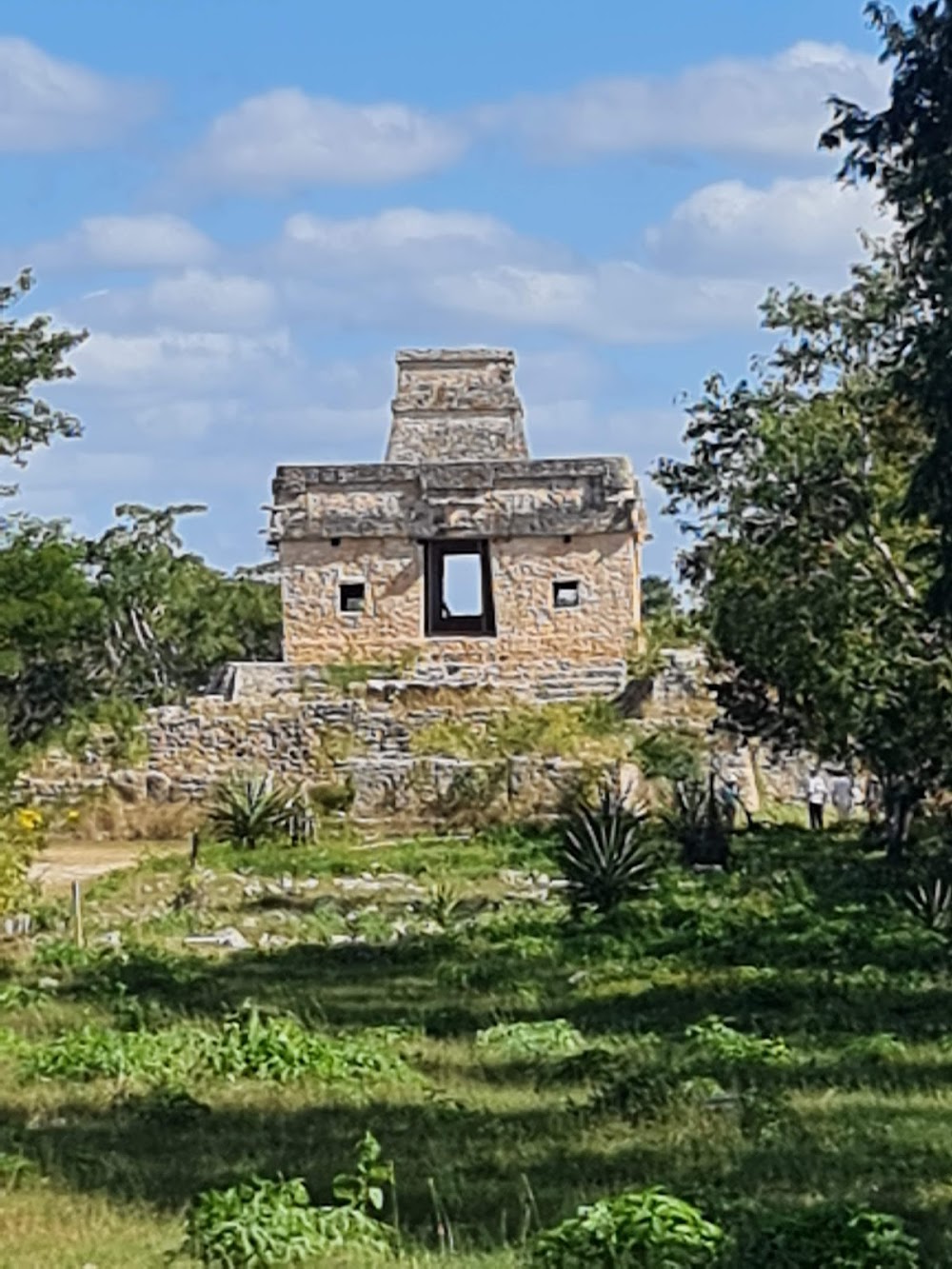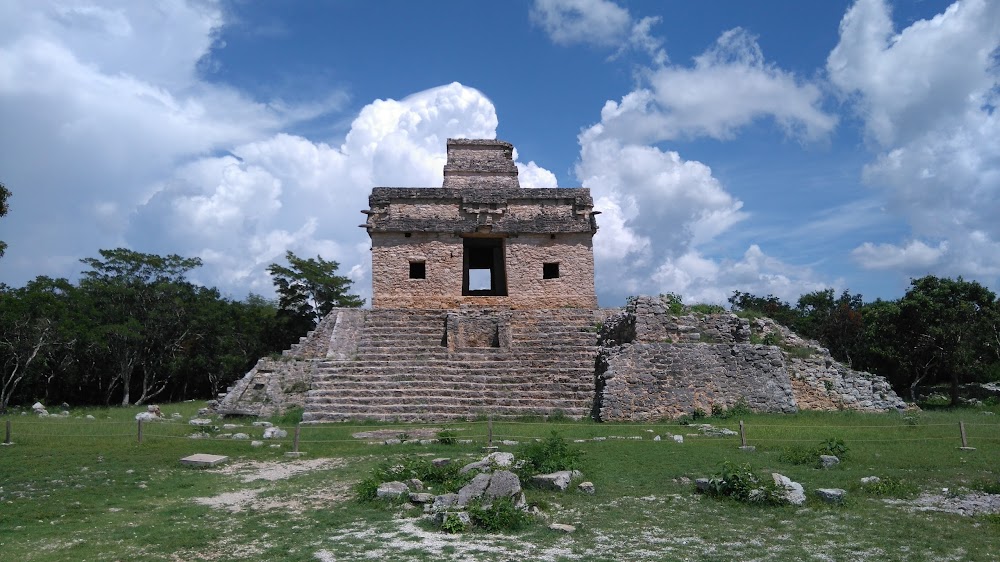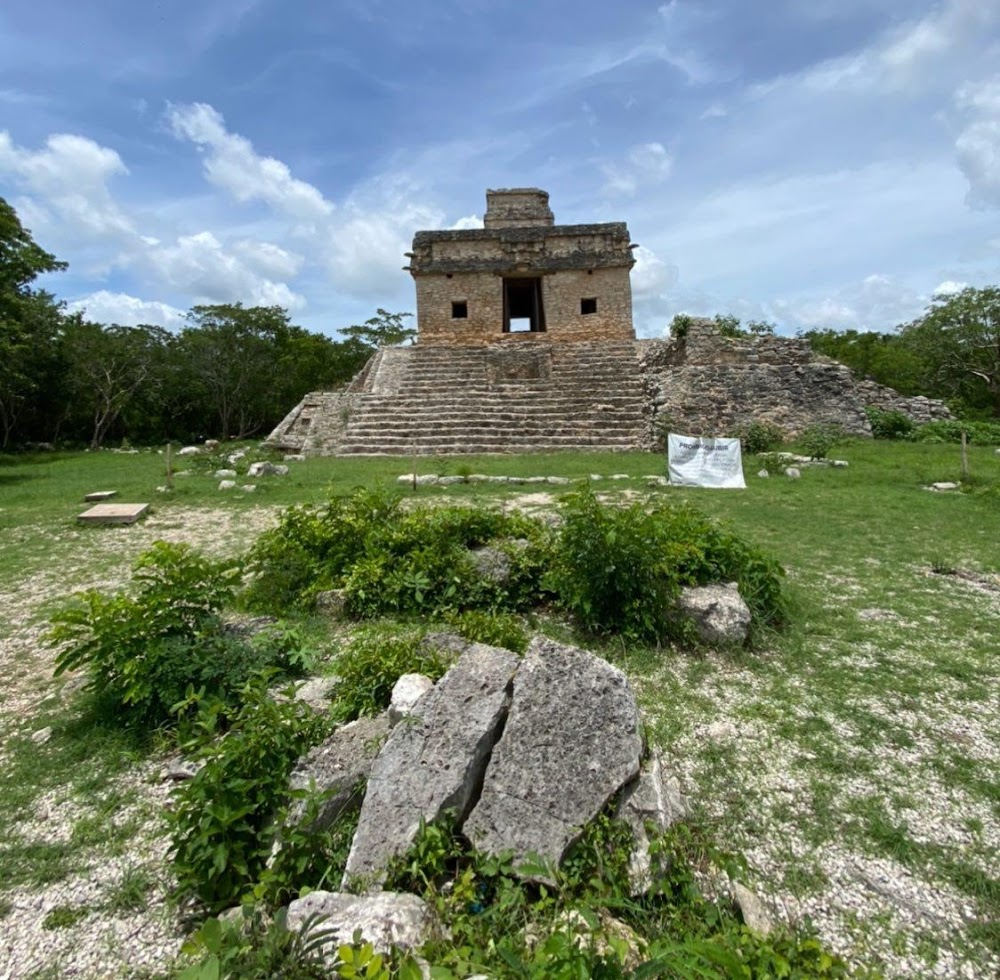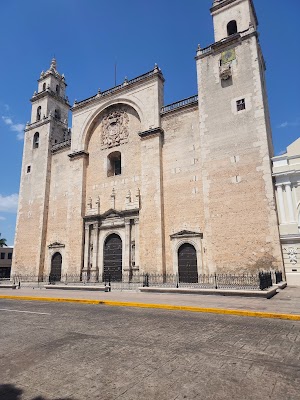Dzibilchaltún (Dzibilchaltún)
Related Places
Overview
Introduction to Dzibilchaltún
Dzibilchaltún is a captivating ancient Mayan city nestled in the Yucatán Peninsula of Mexico. The name Dzibilchaltún translates to "place where there is writing on flat stones," aptly reflecting its rich history and the notable inscriptions found throughout the site.
The Temple of the Seven Dolls
At the heart of Dzibilchaltún lies the famous Temple of the Seven Dolls, named after the seven small effigies discovered during its initial excavation. Constructed around the 6th century AD, this temple showcases the extraordinary engineering skills of the Mayans. One of its most mesmerizing features is its alignment with the rising sun during the equinoxes, creating a breathtaking display of light and shadow as the sun’s rays filter through its doors.
A Long History of Habitation
Dzibilchaltún is not only an archaeological wonder but also one of the oldest continuously inhabited Mayan sites, with evidence of settlement dating back to around 500 BC and lasting until the Spanish conquest in the 1500s. A key factor for this prolonged habitation was the natural cenote, Xlakah, located at the city’s core. This fresh water source was vital for the residents' survival and has led to numerous archaeological discoveries, including pottery, tools, and human remains that provide insight into the daily lives of the ancient inhabitants.
The Flourishing Mayan Community
At its zenith, Dzibilchaltún was a thriving Mayan community, potentially housing up to 20,000 individuals. Its strategic coastal location facilitated trade and interaction with other Mesoamerican cultures. The architectural style of the city is characterized by traditional Mayan features, such as stone buildings, paved plazas, and causeways that interconnected various parts of the settlement.
Blending of Cultures
One of the most fascinating aspects of Dzibilchaltún is its interaction with Spanish colonial forces. Unlike many other Mayan sites that were abandoned before European contact, Dzibilchaltún remained active. The Spaniards repurposed existing structures, even constructing a chapel atop an ancient Mayan foundation. This unique cultural blending is significant from an architectural perspective and symbolizes the rich, layered history of the region.
Archaeological Discoveries
Significant archaeological excavations commenced in the mid-20th century, revealing many of Dzibilchaltún's structures and artifacts. Restoration efforts were carefully undertaken to preserve the original craftsmanship, allowing visitors today to explore the ruins and swim in the inviting cenote Xlakah.
Urban Planning and Astronomy
The layout of Dzibilchaltún reflects the Mayans' advanced understanding of astronomy and urban planning. Buildings and pathways were meticulously aligned to mark celestial events, serving not only religious purposes but also helping to regulate the agricultural calendar. This thoughtful planning ensured the community's prosperity by optimizing agricultural productivity and resource management.
Ecological Significance
Beyond its historical and architectural importance, Dzibilchaltún also plays an ecological role as part of a nature reserve that protects local flora and fauna. This dual significance makes it a place of both ancient human achievement and a sanctuary for biodiversity.
Visiting Dzibilchaltún
A visit to Dzibilchaltún offers a unique experience that blends archaeological marvels, natural beauty, and rich cultural heritage. The site stands as a testament to the ingenuity and resilience of the Mayan civilization, revealing how they adapted over centuries. As you wander through the ruins, it's easy to imagine the vibrant life that once pulsed through this ancient city, with the stories of its inhabitants echoing in the very stones of Dzibilchaltún.









